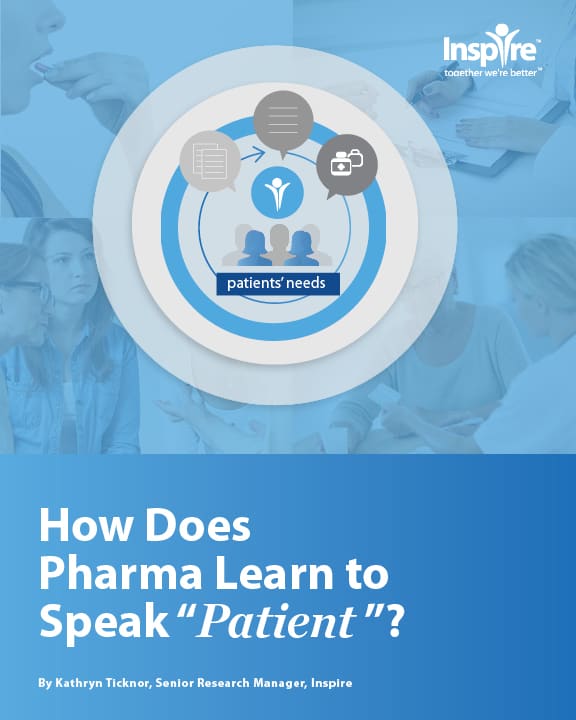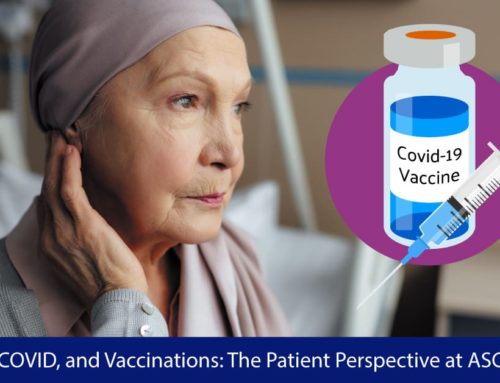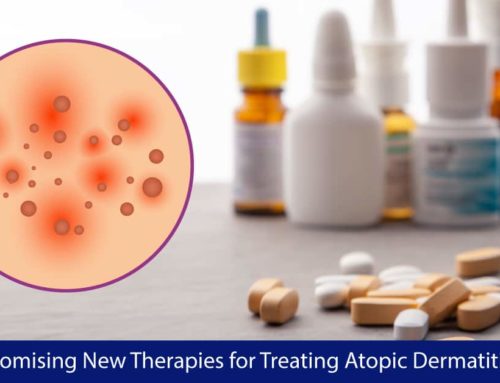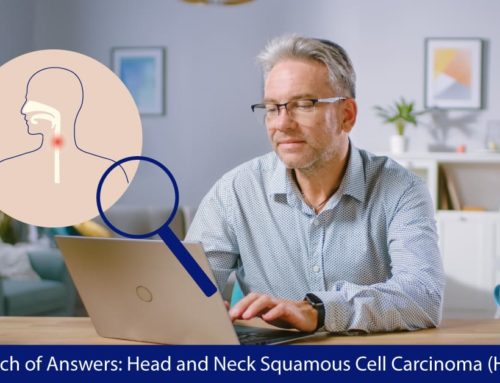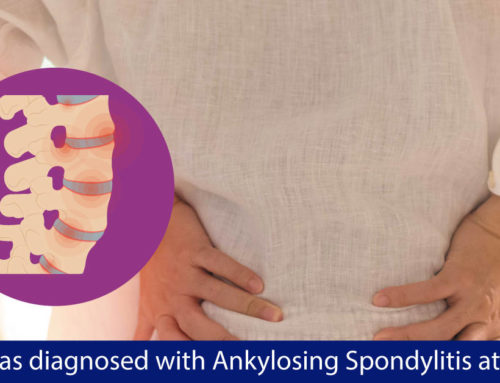Video Vignettes: Through Their Own Lens: Neurofibromatosis

Our “Through Your Own Lens” initiative invited members to share their personal stories through short videos. Patients have been describing their disease history, their feelings about their disease and thoughts about Inspire.
Living with Neurofibromatosis
Neurofibromatosis is a condition affecting the nervous system, causing tumors called neurofibromas to grow along nerves and under the skin. The two types are called neurofibromatosis type 1 or NF1 and neurofibromatosis type 2 or NF2. NF1 is the most common, occurring in 1 in 4,000 births while NF2 occurs 1 in 40,000 births.1 Caused by a genetic mutation to the NF1 gene, it affects people of all races and sexes equally.2
Normally the NF1 gene is responsible for controlling nerve cell growth, but when mutated, aberrant cell growth occurs. Cells amass into neurofibromas that can grow quite large, can be disfiguring and can grow into organs and tissues. The fibromas are sometimes painful and dangerous, and can become malignant peripheral nerve sheath tumors. Unfortunately, since NF tumors grow slowly, many traditional methods of treating tumors, like chemotherapy, are not effective. Other than surgery, there is no treatment for neurofibromatosis.
In addition to developing neurofibromas that occur throughout the body, almost half of those with neurofibromatosis have speech and learning disabilities.3 By the age of 10, children with neurofibromatosis are likely to develop visible tumors and as adolescents, changes in hormone levels can cause the tumors to grow and become more visible. During this period when self esteem is bound to peer group acceptance, these changes can impact psychological health as well.4
As part of our Through Your Own Lens series, a member of the Neurofibromatosis Network Support Community on Inspire volunteered to share his experience living with neurofibromatosis.
The Neurofibromatosis Network Support Community on Inspire
Inspire’s Neurofibromatosis Network Support Community is filled with people sharing their stories. From support and tips to help others keep going:
For example, when one member wrote…
“I look down at my arm and see the scores and scores of fibromas of all sizes and it gets me depressed. I loathe to look in the mirror, I hate the face which stares back at me.”
Others replied with words of encouragement and recommendations…
“I hate the fact society is so driven by how we look. I too have fibromas on my face…. I wear concealer from a company called ..[ ]…and it is brilliant. I use it all over the large tumour.”
“We got what we got and whilst I agree it is difficult removing ourselves from the skewed values of society, we should be proud of ourselves when we can disregard those and nurture the real human person that glows in our inner being and do what we can to make the earth a little better for all.”
In other cases, members were able to steer others away from unfounded and untested treatments:
A member wrote…
“Could we remove neurofibromas with apple vinegar?”
Another replied..
“Apple Cider vinegar will NOT help in any way with NF tumors. Do not waste your money even though it is cheap, it will Not work…[U]ntil I hear from a medical professional that something will cure or even possibly help prevent new growths, I am keeping my money.
Conversations are filled with happiness and sadness, despair and hope, acceptance and rejection, loneliness and connection. Throughout, there is a search for answers, for treatment and for a cure.
Accelerating research
Research on new treatments for neurofibromatosis may be hindered by the slow rate of tumor growth. Designing clinical trials which evaluate medications that reduce or prevent such slow growing tumors can mean a much longer period of time to test and evaluate.6

Rare disease researchers are also challenged by the difficult task of finding and recruiting participants. Yet, on Inspire, the Neurofibromatosis Network Support Community provides support for over 22,000 members– a number representing an estimated 20% of all the people with neurofibromatosis in the US population.5 Motivated for change and research on their condition, there are over 500 query matches for “looking for clinical trials” in the Network.
Here are some examples :
“I am trying to find a doctor who knows about clinical trials of drugs to slow tumor growth.”
“I have e-mailed a lot of research hospitals asking about clinical trials for NF2. I received one back from Dr. ______who wrote that she is working on some drugs and putting pts on selected trials open for adult, cancer pts. with this. None for children at this time.”
“There is now an actively recruiting trial that aims to see if Selumetinib is effective at controlling cutaneous (dermal) neurofibroma growth. There have been lots of questions on other MEK inhibitor threads here asking if they are effective for cutaneous neurofibroma – since the only active MEK trials are looking at plexiform & optic glioma, there is no data yet to this end.”
The Internet, social media, and online support communities are helping people with rare diseases find each other and also find researchers. Inspire has created 40 rare disease communities with non-profit partners. For more information or If you are interested in connecting with our rare communities, please contact us.
Inspire offers a trusted community to patients and caregivers. Our goal with this blog, this website and our content is to provide the life science industry access to the true, authentic patient voice. In so doing, we support faithful operationalization of patient-centricity. Take a look at our case studies, eBooks and news outlet coverage.
References:
1https://www.genome.gov/14514225/learning-about-neurofibromatosis/
2https://www.cincinnatichildrens.org/professional/resources/research-horizons/archives/2013/winter/NF1-code
3http://www.ctf.org/understanding-nf/nf1
4http://www.mayoclinic.org/diseases-conditions/neurofibromatosis/home/ovc-20167893
5https://www.floridahospital.com/neurofribromatosis-nf/statistics-neurofibromatosis-nf

